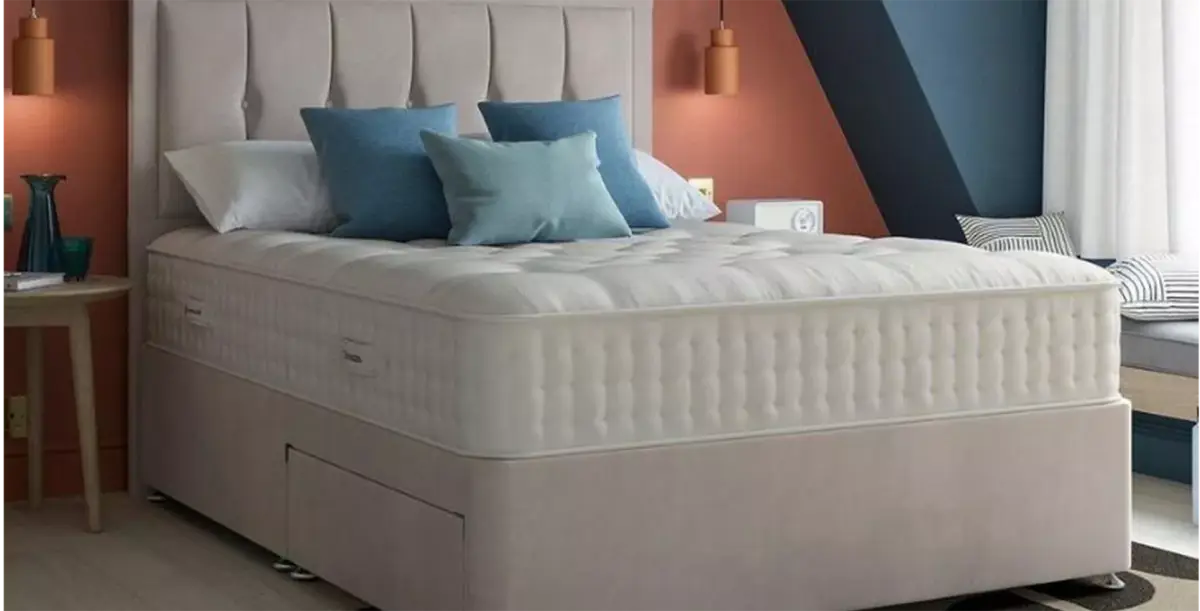Physical mobility is what enables us to move and do physical tasks. The freedom to move our muscles and joints can be compromised suddenly, but some suffer from conditions that have made it impossible since birth. That’s why solutions like orthoses were created for various purposes depending on an individual’s condition. But what exactly are orthoses, and who needs to have them? This article will discuss different orthoses and their uses for different situations.
Orthoses And Their Functions
Orthoses are wearable devices that can help improve mobility, prevent injuries, correct biomechanical misalignments, joint or muscle treatment, and more. A few kinds of orthoses for different body parts are due to other physical conditions. To get the right type of orthosis for you, seeing an expert who understands your condition is essential. You can read more about your physical condition before consulting a specialist. For example, look for unicompartmental osteoarthritis information from reputable online sources.
The two primary types of orthotics based on the body region they are designed for are as follows:
Upper Body Orthoses
These are made for different areas above the hips. They cover the head, shoulders, elbows, hands, wrists, and fingers. They can provide flexibility, stability, and protection. They are made for children and adults and customized to fit your unique specifications.
-
- Head. Head orthoses and helmet therapy (cranial orthosis) are used for infants with different head conditions like plagiocephaly, which are flat spots that develop on their heads for sleeping on one side frequently. Helmet therapy or cranial remolding helps mold a baby’s head into its natural shape.
- Neck. Neck braces are orthoses that offer stability by temporarily restricting head movement. Fractures at the cervical area weaken the head and neck sections and make them unstable. They are also used for muscle weakness. For injuries or post-operative recovery measures involving the neck and upper back, the patient can wear the Minerva brace restricting the movement of the cervical area and the upper spine.
- Shoulder. Subluxation orthoses serve to correct shoulder instability at the anterior section. Frequent dislocation is a telltale sign of joint instability. Orthoses can help support shoulders and joint movement. Shoulder abduction orthoses are used on patients with injuries at the shoulder capsule, rotator cuff, soft tissue, or clavicle area. Those suffering from glenohumeral dislocation can benefit from it and can be used with an elastic immobilizer or abduction sling.
- Spine. Individuals with scoliosis and spondylosis and those recovering from surgery can benefit from spine orthoses. For example, a Jewett brace can help ease pain by minimizing spinal pressure. One could fit a spinal brace that can help you limit the movement of the spine when it is healing from fractures or when recovering from surgery. They are also used with conditions that tend to progress.
- Hands. Various conditions require wrist hand orthoses, like osteoarthritis, tendonitis, carpal tunnel syndrome, fractures, dislocations, and more. The treatment can help resist external forces on the hands and wrist. Orthoses can limit excessive movements while under treatment. A cast allows the fractures to heal, and then a brace will be put on the affected area to keep it fixed. Hand splints are also used to treat hand conditions. Different designs position one or multiple locations: the hands, wrists, and fingers.
Orthoses are vital for treating upper limbs when they are injured or have conditions that require no movement. Sometimes, multiple orthoses are needed. The same holds true for any conditions in the lower body.
Lower Body Orthoses
These are made for the treatment of conditions suffered from the hips down. Braces are also made for the hips, knees, ankles, and feet.
- Hip. Babies suffering from hip dysplasia use hip orthoses to correct the malformation of the acetabulum that occurs in the womb. Hip orthoses position the hips correctly so they can heal as they mature in the proper position. Adults can use hip stabilizers consisting of a pelvic band and thigh support wrapped around the hip and one thigh (interchangeable to left or right). The orthosis helps stabilize the hips and aligns them with the thigh while healing.
- Knee. Pain, buckling, and popping or grinding sensations are symptoms of patellofemoral pain syndrome, a chronic knee condition felt at the kneecap and the thigh bone or femur. The condition can worsen if one constantly cycles or plays sports that involve running and kneeling for too long. Custom insoles can help relieve the pain and provide comfort at the foot’s arch.
- Ankles. Arthritis and tendonitis are common conditions of the ankle that cause pain and discomfort. Patients who are arthritic need orthotics to prevent excessive pronation that results in ankle joint compression. There are two types of tendonitis that one can suffer: posterior tibialis tendonitis, which occurs inside the ankles, and peroneal tendonitis, which occurs outside. Both can benefit from insoles that provide ample arch support.
- Foot. Simple orthoses are sourced over the counter, and they are inexpensive. Some examples are orthopedic shoe inserts or insoles that can help relieve foot pressure in the foot and ankle areas. You can source OTC orthotics at medical supply stores based on your shoe size and condition.
The foot area has various conditions, and orthoses offer solutions for pain management. Of course, not all foot conditions are related to pain, and orthoses can address other issues, such as deformities or biomechanical imbalances. The following are some of the most popular orthoses for feet:
Over-The-Counter (OTC) Orthoses
OTC orthotics are designed to target heel pain or to get comfort when walking in heels. There are three types of OTC foot orthotics:
- Soft
These are the shock absorbers that take away the uncomfortable pressure on sore areas. They provide cushions at the sole, heel, ball, and toes. It is ideal for deformed, arthritic, and diabetic feet.
- Rigid
Rigid orthotics aid in controlling two ankle joints located underneath the ankle joint and are made to relieve stress and aches in the lower back, legs, and thighs. You can wear them inside dress shoes made of either plastic or carbon fiber.
- Semi-Rigid
Semi-rigid orthotics are for those who do impactful activities like sports, providing comfort and easing pain while training and competing. They are a combination of soft and rigid materials for comfort and durability. Semi-rigid orthotics are also for children with flatfoot, in-toeing, and out-toeing conditions.
Accommodative Orthoses
They are meant to ease abnormal foot functioning by padding or cushioning for the sore spot underneath the foot. They are softer and more flexible using leather, cork, and rubber materials. They allow patients to adjust quickly as they are more delicate and cater to treating ulcerations in diabetic feet, calluses, and other kinds of pathology. They may need adjustments often to ensure proper functioning.
Functional Orthoses
They are made from rigid or semi-rigid plastic with added flexibility at the graphite or plastic material. They can be worn inside various types of shoes because they are designed to be thin.
They address conditions such as ankle pain, arch and instep pain, and other situations involving the feet and areas underneath. The pain impacts the hip, leg, and knee, so functional orthoses are also for bursitis and tendonitis treatments.
Custom Orthoses
Custom orthoses are made specially to fit your specifications. Unlike OTC orthotics that you can easily purchase, the custom version is prescribed by your doctor and created only for personal use.
See your doctor when you feel persisting pain in your upper or lower body. Consulting a specialist like a podiatrist can help you determine if your current condition calls for OTC orthoses or if you need one specially made for you.
Conclusion
You can wear various devices on your upper or lower body to help treat, correct, or manage pain. If you are suffering from chronic pain and other symptoms in your limbs, it’s best to seek a specialist who can recommend the proper orthoses.




